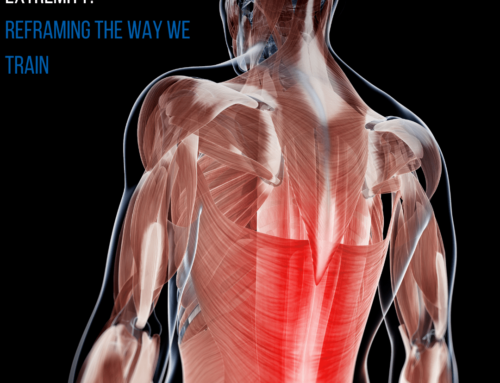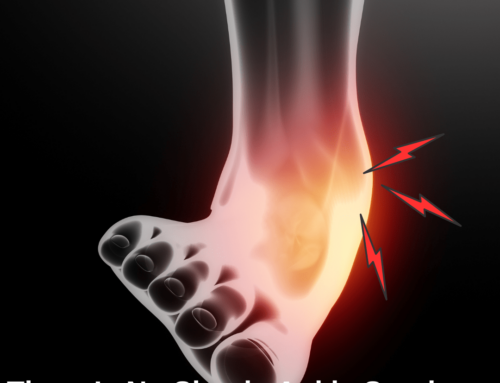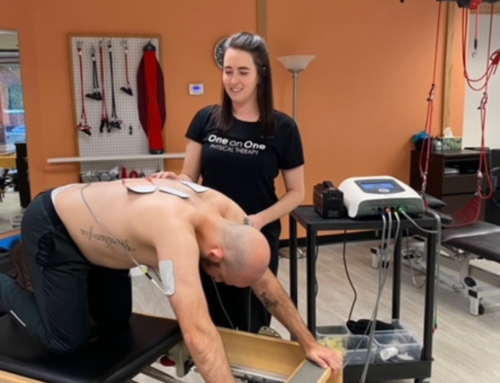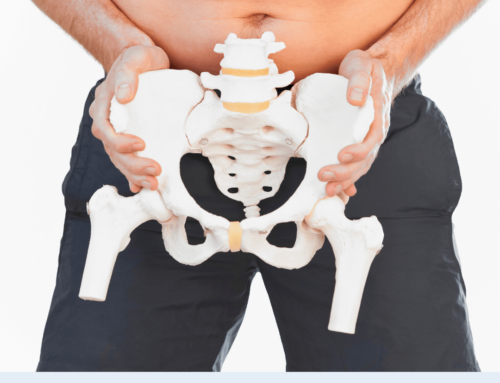Sports Specialization
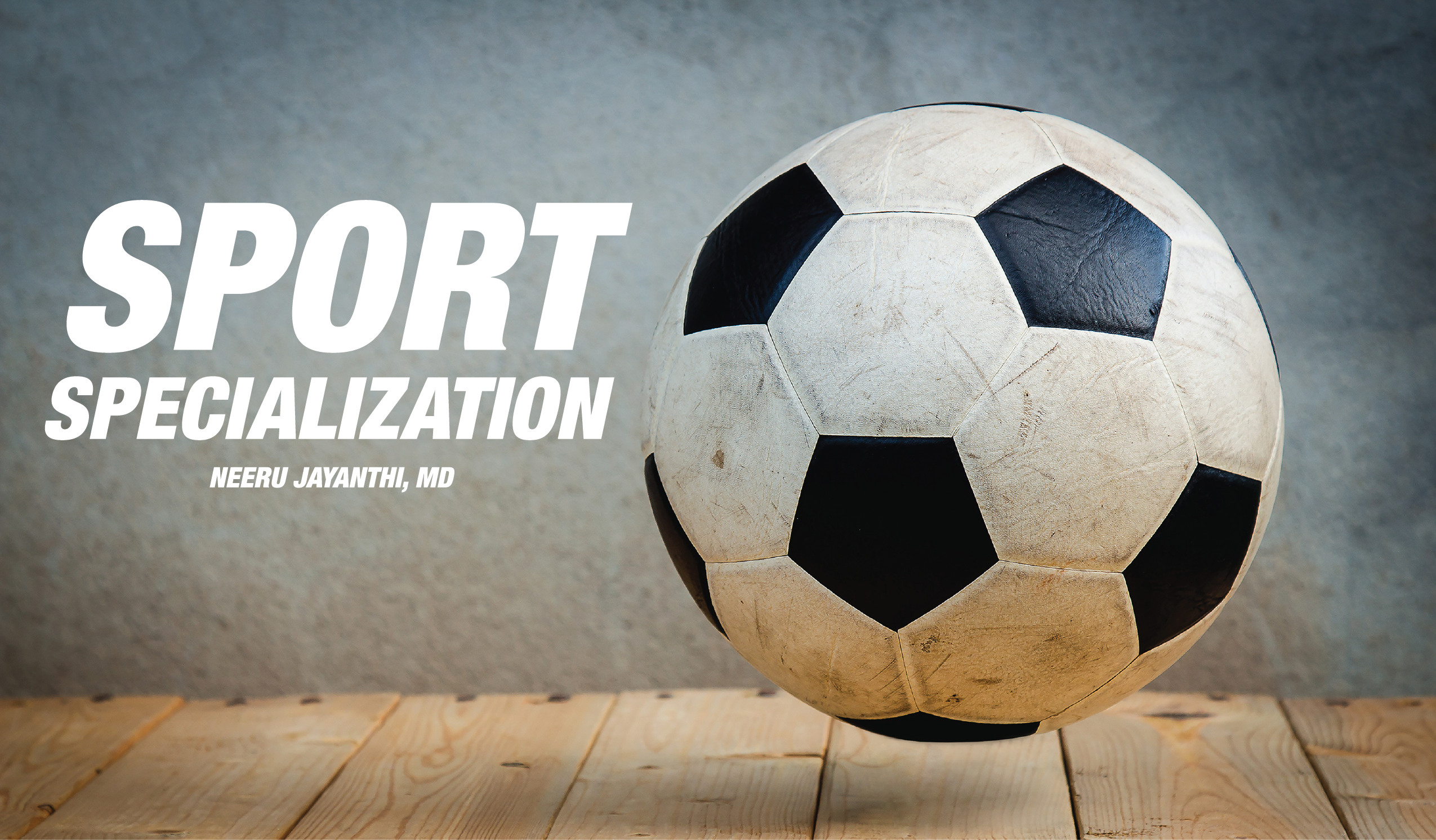
Is sports specialization helping kids get better at sports and keeping them healthy?
Sports participation in younger athletes has evolved over the years from child-driven activities for fun to intense training, performance-enhancement, and specialized training. This changing environment has left parents, young athletes, and coaches wondering and needing guidance on what is the most appropriate path of athlete development. Until recently, there has been very little published evidence to support any particular path or to outline any specific risks of training. Basically, there are 2 potential assumptions that needed to be evaluated: 1. Single sport specialized training is necessary to achieve elite skill level and performance, and 2. Single sport specialized training increases the risk of overuse injury.
Does Sports specialization increase overuse injury risk?
I personally, inadvertently became involved with this issue of sports specialization after publishing about the potential association with injury among >500 junior elite Midwest tennis players in those athletes whom specialized in only tennis nearly 8 years ago. While we felt that being the first researches to demonstrate a potential injury risk related to sports specialization, this additional approximately 50% increase in injury risk was only in tennis players, involved retrospective injury data without any clinical diagnoses.
We followed this study up with a large multi-center clinical research study of >1200 athletes of young athletes of all sports. We published this important clinical study in the American Journal of Sports Medicine in 2015 with the following findings:
- There is an independent risk of injury, overuse injury, and serious overuse injury (conditions that require one month or greater off from sports) in young athletes whom specialize versus those that don’t (even while accounting for hours/week of training and age)
- There is a dose dependent increase in injury risk for those that have higher degrees of specialization (i.e. >8 months/year, choose one main sport, and quit all other sports to focus on one sport)
- There is an increase in injury, overuse injury, and serious overuse injury for those that train more hours/week then their age (i.e. 12 hours/week training in a 10 year old)
- There is an increase in injury, overuse injury, and serious overuse injury in those whom exceed 2:1 sports training ratio (i.e. the ratio of hours/week of organized sports : free play hours/week)
Other investigators have confirmed some of these findings in the recent couple of years to validate them, and we have also followed up with a couple of other important conclusions with other publications:
- Female athletes are more likely to have overuse injuries
- Individual sport athletes are more likely to have overuse injuries rather then acute injury
- Female athletes are more likely to participate in individual sports
- There is possibly increase risk of injury with age of specialization <12 years old
- Young athletes from lower socioeconomic status and public insurance are less likely to specialize and also less likely to have serious overuse injury (despite participating in more total weekly hours of physical activity)
There are a number of other upcoming studies by a number of qualified investigators, and also some sport specific studies may help outline some sport specific recommendations.
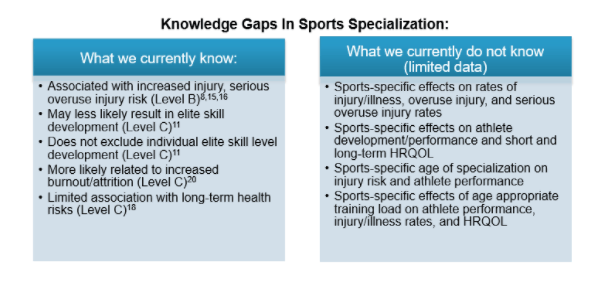
Does Sports specialization increase likelihood of elite level performance?
In 2013, we published a review looking at the potential performance benefits of sports specialization. At the time of this review, the far majority of studies supported specializing and intense training beyond the age of 12 years old. Sports such as gymnastics had evidence to support specializing earlier then 12 because peak performance occurs before full maturity. We have evaluated other sports like tennis, and found that the mean age of specialization to be around 10.4 years old in junior elite tennis players. This did also result in a potential increase injury risk. Other studies of Olympic athletes and collegiate athletes suggest later ages of specialization to be a better predictor of success. However, other data shows there may not be a significant difference in professional tennis, and even in many individual/team NCAA sports where the majority of athletes in certain sports (gymnastics, tennis, soccer, ice hockey, basketball) specialized before 12 years old and still competed in NCAA sports. Essentially, the most important thing to remember is that there may be potential success with or without specialization, however may be a bit riskier for injury in specialized athletes.
However, the most important question is does an environment of sport specialization reduce the likelihood that OTHER children will want to continue with sports participation?
A recent French study evaluated >700 young children over 5 years to see what the physical activity and sports training patterns would be in those whom were sports samplers versus single sport specialized athletes. Children whom were sport samplers were more likely to be physically active and those children whom specialized were less likely to be physically active but more likely to be performance trainers. We will continue to learn more about this trend in sport specialization as we accrue more data, but it seems it will be a sport specific answer, and an individual answer of whether the benefits exceed the risks of specializing. Until then, it is important to remember to set up programs and physical therapy that encourage sport participation environments, even with more intense specialized training environments.
Neeru Jayanthi, MD
Director Emory Sports Medicine Research and Education, Director Emory Tennis Medicine, Associate Professor, Emory Sports Medicine Center, President Society for Tennis Medicine Science (STMS)
References:
- John P. DiFiori, MD, Holly J. Benjamin, MD, Joel Brenner, MD, MPH, Andrew Gregory, MD, Neeru Jayanthi, MD, Greg L. Landry, MD, and Anthony Luke, MD, MPH, Overuse Injuries and Burnout in Youth Sports: A Position Statement from the American Medical Society for Sports Medicine, Clin J Sport Med 2014;24:3–20.
- Jayanthi NA, LaBella C, Fischer D, Pasulka J, Dugas LR, “Sports Specialized Intensive Training and the Risk of Injury in Young Athletes: A Clinical Case-Control Study”, American Journal of Sports Medicine (Feb 2. 2015), published online, ahead of print.
- Gregory D. Myer, Neeru A Jayanthi, John P. Difiori, Avery D. Faigenbaum, Adam W. Kiefer, David Logerstedt, Lyle J. Micheli, “Does sports specialization create negative outcomes and prevent success in young athletes?” Journal of Sports Health 2015;Vol 7 (5): 437-442
- Gregory D. Myer, Neeru A Jayanthi, John P. Difiori, Avery D. Faigenbaum, Adam W. Kiefer, David Logerstedt, Lyle J. Micheli, “Alternatives to early sports specialization in young athletes.” Journal of Sports Health (Oct. 2015).
- Schneider A, Jayanthi NA. Parent Child Dyad Health Status of specialized tennis players versus multi sport adolescent tennis players. J Med Sci. 2016; 23 (1), 28-35.
- Jayanthi NA, Dugas, L, “Sports Specialization and the Dangers in the Adolescent Female Athlete”, submitted to Journal of Strength and Conditioning (Feb. 2017) (accepted, in press).
- Pasulka J, Jayanthi NA, Dugas L, LaBella C. “Specialization patterns across various youth sports and relationship to injury risk” Physician and Sports Medicine. Published (March 2017)
